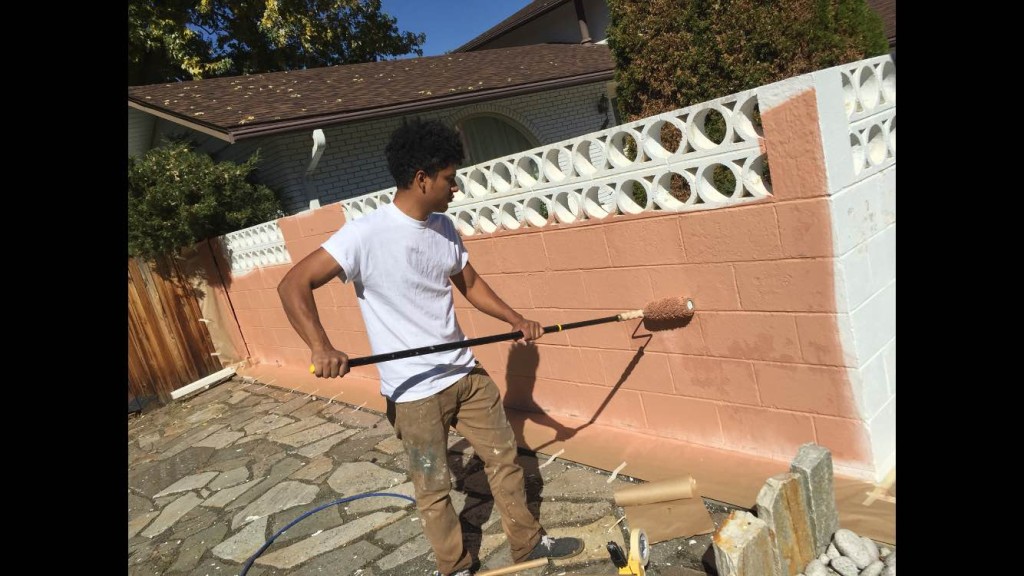How and Why We Backroll When Painting Brick and Concrete
What is Backrolling?
First and foremost, what is backrolling? Here’s an explanation of the Peak Pro process: First, spray a thick coat of primer or paint onto the brick or concrete. While the paint is still wet, roll it in deeply with a thick nap roller. To ensure the paint effectively coats the entire surface of the brick or concrete, we recommend using a ½ inch nap. The process is made much faster and easier with the help of an assistant who can spray the paint while you backroll, or vice versa.
Why do we Backroll?
At Peak Pro Painting, the reason we backroll when working on brick or concrete surfaces for the first time is to ensure the primer or paint reaches every hole, ridge, nook, and cranny of the surface. We also do it to ensure complete satisfaction for our customers: a solid coat of paint that has been backrolled onto the brick or concrete will last far longer than one that hasn’t seen the same treatment.
We hope this helps explain backrolling and why we practice the technique at Peak Pro Painting. Tune in to our next blog to learn how to clean latex off of Flagstone!














Thanks for the explanation on backrolling. I’m looking to paint over an existing painted brick surface (exterior). Would you recommend backrolling on this also? Thank you.